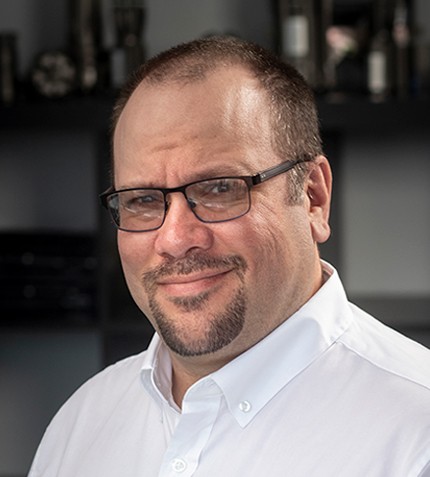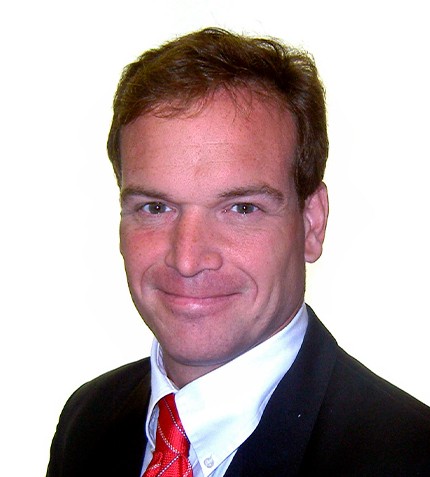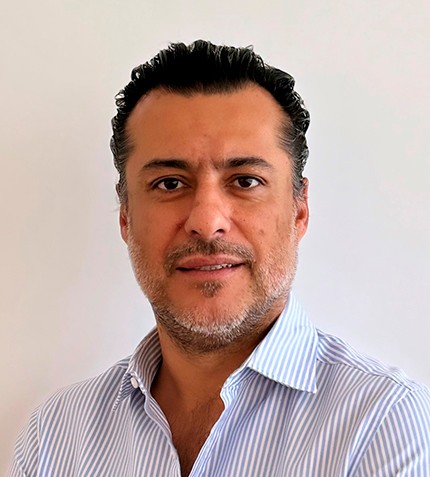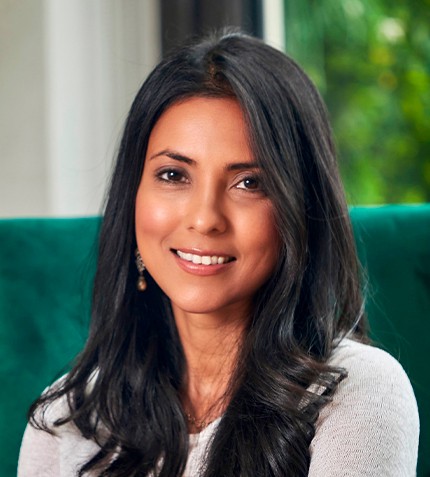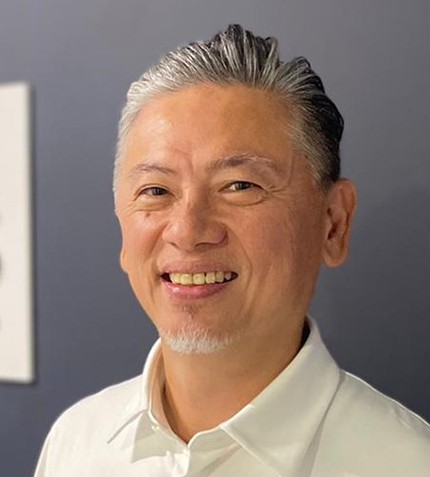
"Our vision is to achieve “aggregated shipping” – this means we are able to match supply and demand on a digital platform by combining three inter-related pillars: technology, intelligence and service."
Chye Poh Chua
FOUNDER AND CEO, SHIPSFOCUS GROUP
ShipsFocus is world’s first maritime dedicated venture studio. Could you briefly explain its core vision?
ShipsFocus is a technology company, but its founders come from the maritime industry and are well acquainted with the issues the industry faces. Some may say the maritime industry is inefficient, but that would be incomplete because it is also very efficient: demand and supply always meet in a largely perfect competition model. The industry’s inefficiency is generally pit against a digital backdrop. What we set out to do is help the industry transit from a largely traditional, analogue system, into a digital one. Our vision is to achieve “aggregated shipping” – this means we are able to match supply and demand on a digital platform by combining three inter-related pillars: technology, intelligence and service.
Could you expand on the market gap ShipsFocus taps into?
Despite a quickly and constantly growing maritime start-up ecosystem in Singapore and its critical components being prevalent and continually enhanced upon, especially by the government, innovation and adoption success stories were few and far in between. We found a gap between technology applications and maritime operations plus a mismatch between ‘dream’ and ‘reality’ and a determination to see things through. Additionally, there is also a skills and trust gap, which led us to the wider issue of an “innovation and adoption conundrum.”
We leveraged our expertise to operate as a venture studio. Here, we identify and define a problem and develop suitable solutions, turning ideas into successful business models that are then scaled up commercially. These products generally fall under three categories: data analytics products, operational tools, and services, including aggregation platforms, and help companies move from 0 to 1 in digitization.
In early 2020, we rolled out two start-ups, which have already achieved commercial traction, and we look to incorporate two to four start-ups a year from now on. We are now also looking at overseas start-ups who are keen to set up base in Singapore, and we are already in touch with a couple in Germany.
Seeds Capital, the investment arm of Enterprise Singapore, recently announced a co-investment partnership with ShipsFocus-Quest Ventures. What can you tell us about the investment climate for maritime start-ups in Singapore?
Many maritime startups failed to get funding because fund managers generally have little knowledge of this sector. I believe the government realised this and that was why we were awarded the partnership with Seeds Capital who acts as a co-investment partner, matching dollar for dollar the amount we invest in the start-ups. Moreover, when we exit the investment, Seeds Capital will return part of the profits to our maritime fund, which makes it a very attractive proposition.
Unlike in North America and Western Europe, the start-up ecosystem is generally more top-down in Asia or at least in Singapore. But there is a very vibrant start-up community and the funding scene has also grown tremendously. I think we will have a world’s best maritime startup ecosystem here.
How significant does the chemicals industry remain for ShipsFocus?
The chemicals industry was the initial base for our growth, but today we have diversified into more sectors; nevertheless, our history and expertise in chemicals shape our work today. Chemicals shipping is one of the most compact, complex and regulated sectors. Compared to bulk or container cargo, the loading port and the discharging one are sometimes identical. We have used our experience, in-depth knowledge and networks to find solutions for this sensitive sector, and then we replicated this model to other industries; the opposite would have been difficult.
Could you comment on the market’s readiness to embrace maritime digital solutions and technology, more generally?
From a technology adoption lifecycle perspective, I think the B2B maritime sector, including chemicals, generally has not yet crossed the chasm. However, we are surely seeing tech enthusiasts and early adopters experimenting actively in the marketplace. Now it’s the time for the ecosystem to extend the focus to the “early majority”. Covid-19 has probably accelerated the digital uptake and changed some mindsets.
It is also important to understand that shipping is a demand-driven business, much dependent on trade; in other words, it is a time-taker and not a time-maker, so the industry is reactive. It is also a mature and cut-throat business model. That’s why most innovative efforts are focused on cost-reduction rather than creating new business models that require time and focus away from day-to-day operations. That is why change is more responsive to regulation, rather than being self-motivated. In this respect, astute policymakers play a significant role in catalysing change in the industry.
What do you expect to be some of the long-term trends emerging as a result of the experience of the pandemic for the maritime sector?
A key challenge brought on by the pandemic was that of crew change due to travel restrictions. Ships crews ended up spending months at sea, so this has emerged as a big humanitarian issue. Ironically, the world’s merchant fleet had thus far carried on without much attention or interference from the outside world, but it is now getting its deserved recognition for the huge role it plays in transporting 90% of global trade. Thrown into the spotlight, we can expect more demand for visibility, transparency and accountability.
In conclusion, are there any other challenges or opportunities you can share which our readers can look forward to?
In Singapore, the petrochemical players, many of whom reside on Jurong Island, have enjoyed autonomy in terms of scheduling their ship activities and terminal operations. This has come at a high price for the port, which suffers from an increasingly reduced anchorage space for ships and, as a result, suboptimal port usage. Tankers make up over 38% of all cargo ships calls and they are not subject to a port regime or line-up like in other parts of the world. Their calls at the jetties are dictated by the cargo concern and communications managed bilaterally between agents for the cargo concern and the carrier respectively. There is also little coordination between different terminals in those 33% cases when the same ship calls at more than one jetty or terminal.
There is tremendous opportunity to create a singular, multilateral platform to optimize both the port and terminal operations. Singapore is one of the busiest ports in the world, with 130,000 ship calls a year - so this is a problem stemming from our success; but, as our island becomes larger, our water space gets smaller, so we need to solve this issue to maintain our competitive position.




